China : Unmatched Growth and Demand Trends
China holds a commanding market share of 40% in the APAC gas turbine market, valued at $6000.0 million. Key growth drivers include rapid industrialization, urbanization, and a strong push towards renewable energy integration. Government initiatives, such as the 13th Five-Year Plan, emphasize cleaner energy sources, boosting demand for efficient gas turbines. Infrastructure development, particularly in energy and transportation, further fuels consumption patterns.
India : Strong Demand from Industrial Growth
India accounts for 22% of the APAC gas turbine market, valued at $3500.0 million. The country's growth is driven by increasing energy demands from industrial sectors and urbanization. Government policies, such as the National Electricity Policy, aim to enhance power generation capacity, promoting gas turbine adoption. The focus on renewable energy integration also plays a crucial role in shaping demand trends.
Japan : Focus on Efficiency and Sustainability
Japan holds a 16% market share in the APAC gas turbine sector, valued at $2500.0 million. The market is driven by technological advancements and a strong emphasis on energy efficiency. Government initiatives, including the Strategic Energy Plan, promote the use of high-efficiency gas turbines. The demand is also influenced by the need for reliable energy sources post-Fukushima, leading to increased consumption of gas turbines.
South Korea : Key Player in Energy Transition
South Korea represents 13% of the APAC gas turbine market, valued at $2000.0 million. The growth is fueled by industrial demand, particularly in manufacturing and petrochemicals. Government policies, such as the Energy Transition Roadmap, aim to reduce reliance on coal, enhancing the appeal of gas turbines. The market is characterized by a competitive landscape with major players like Siemens and Mitsubishi Power.
Malaysia : Focus on Energy Security Initiatives
Malaysia holds a 3% market share in the APAC gas turbine market, valued at $800.0 million. The growth is driven by energy security initiatives and increasing demand for reliable power generation. Government policies, such as the National Energy Policy, support the adoption of gas turbines. The market is concentrated in key states like Selangor and Penang, where industrial activities are booming.
Thailand : Growing Demand in Industrial Sectors
Thailand accounts for 2% of the APAC gas turbine market, valued at $700.0 million. The market is driven by growing industrial sectors and government initiatives aimed at enhancing energy efficiency. The Power Development Plan emphasizes the role of gas turbines in meeting future energy needs. Key markets include Bangkok and Chonburi, where industrial activities are concentrated.
Indonesia : Focus on Infrastructure Development
Indonesia holds a 2% market share in the APAC gas turbine market, valued at $600.0 million. The growth is driven by infrastructure development and increasing energy demands. Government initiatives, such as the 35,000 MW program, aim to boost power generation capacity, promoting gas turbine adoption. Key markets include Jakarta and Surabaya, where industrial growth is significant.
Rest of APAC : Varied Demand Across Sub-regions
The Rest of APAC accounts for 1% of the gas turbine market, valued at $900.0 million. This segment includes various countries with diverse energy needs and regulatory environments. Growth is driven by localized energy demands and government initiatives promoting cleaner energy sources. The competitive landscape features both local and international players, adapting to unique market conditions.


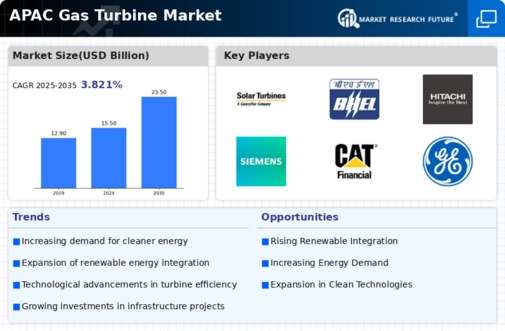
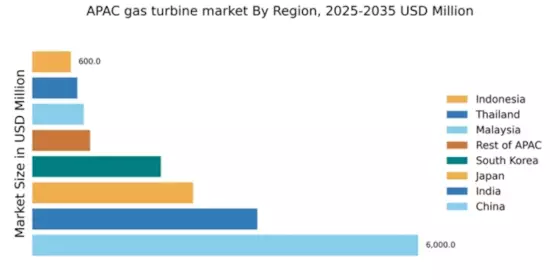
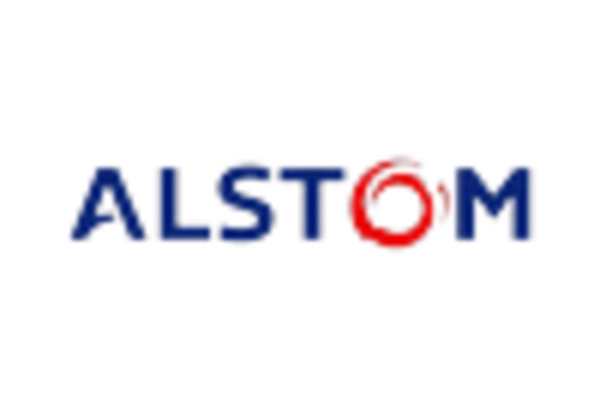

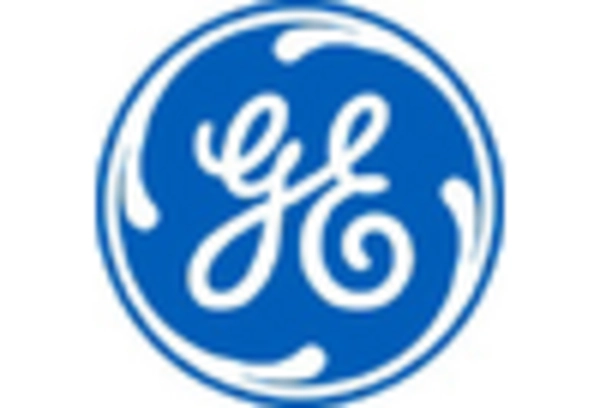
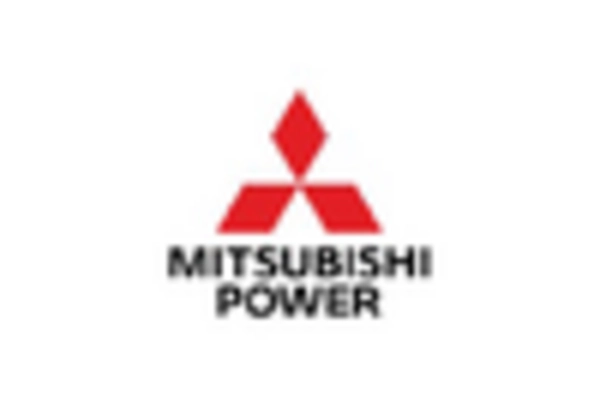
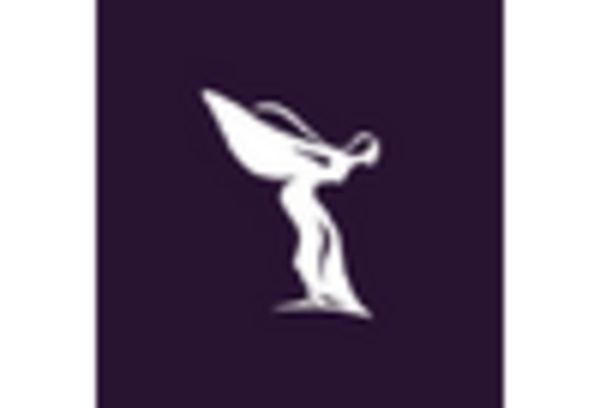









Leave a Comment